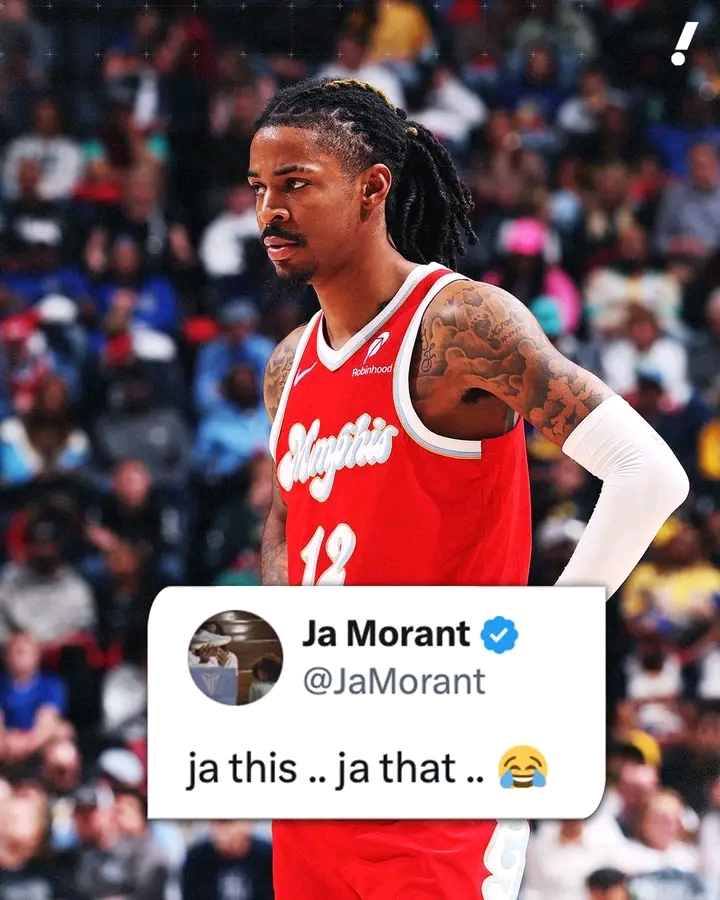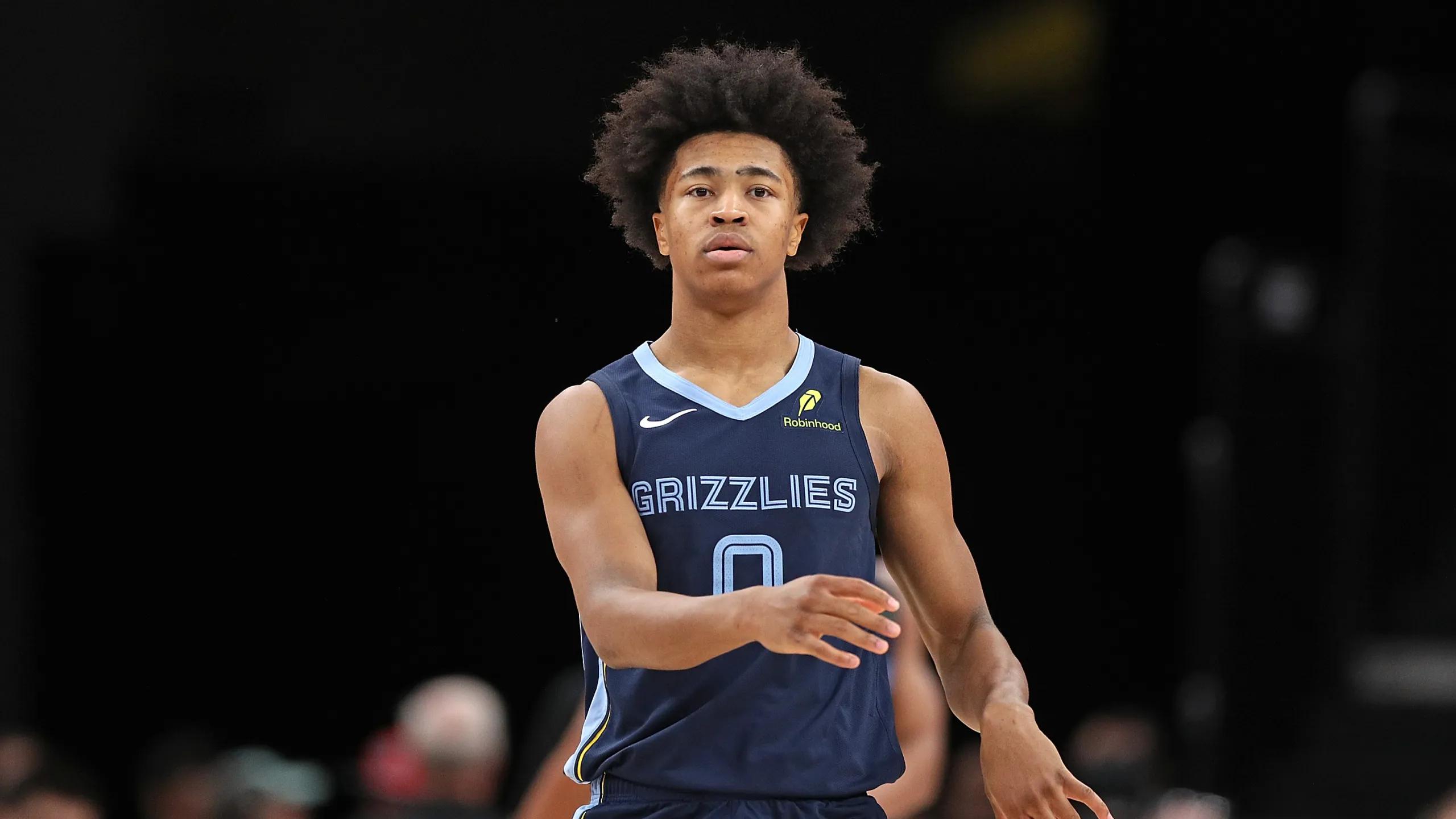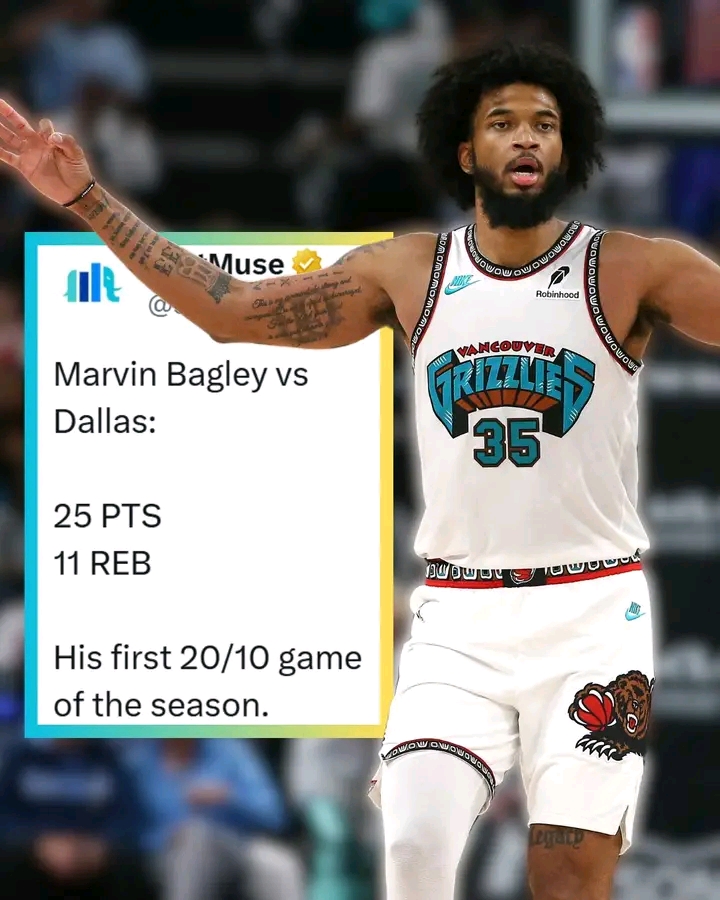A few years ago, when Ja Morant’s signature sneakers made their debut, they became an instant hit among young athletes. At that time, there was an almost exclusive obsession with these shoes. In gyms, courts, and locker rooms, it was evident that no other pair could rival the excitement generated by Morant’s footwear. Fans, especially the younger crowd, were captivated; they treated the shoes as if they were the ultimate must-have, and virtually no one was interested in exploring alternative options.
Fast forward to today, and the sneaker culture has experienced a significant transformation. The prevailing sentiment among these same young consumers has shifted noticeably. Instead of the unwavering admiration for Ja Morant’s shoes, many are now vocal about their evolving tastes. A common refrain in the gym now is along the lines of, “We’re cool on Ja Morant, but we want the Sabrina Ionescus.” This declaration marks a dramatic change in preferences that highlights the dynamic nature of trends within the athletic footwear market.
This evolution in shoe popularity illustrates how rapidly consumer interests can change, especially when influenced by emerging figures and fresh endorsements. The once all-consuming hype for Ja Morant’s sneakers has given way to a more diverse set of interests, suggesting that brand loyalty is transient in the face of new trends and personalities. The shift towards the Sabrina Ionescus sneakers signifies not only a change in style but also underscores the competitive edge among brands seeking to capture the ever-evolving attention of young fans.
The phenomenon reflects a broader trend in how celebrity endorsements and brand messaging continually reinvent themselves. In a world where consumer tastes are constantly on the move, companies must innovate and adapt to keep their audience engaged. This striking change in preference, from one legendary pair of sneakers to another emerging favorite, is a clear example of the fluid nature of trends in modern sports culture.



